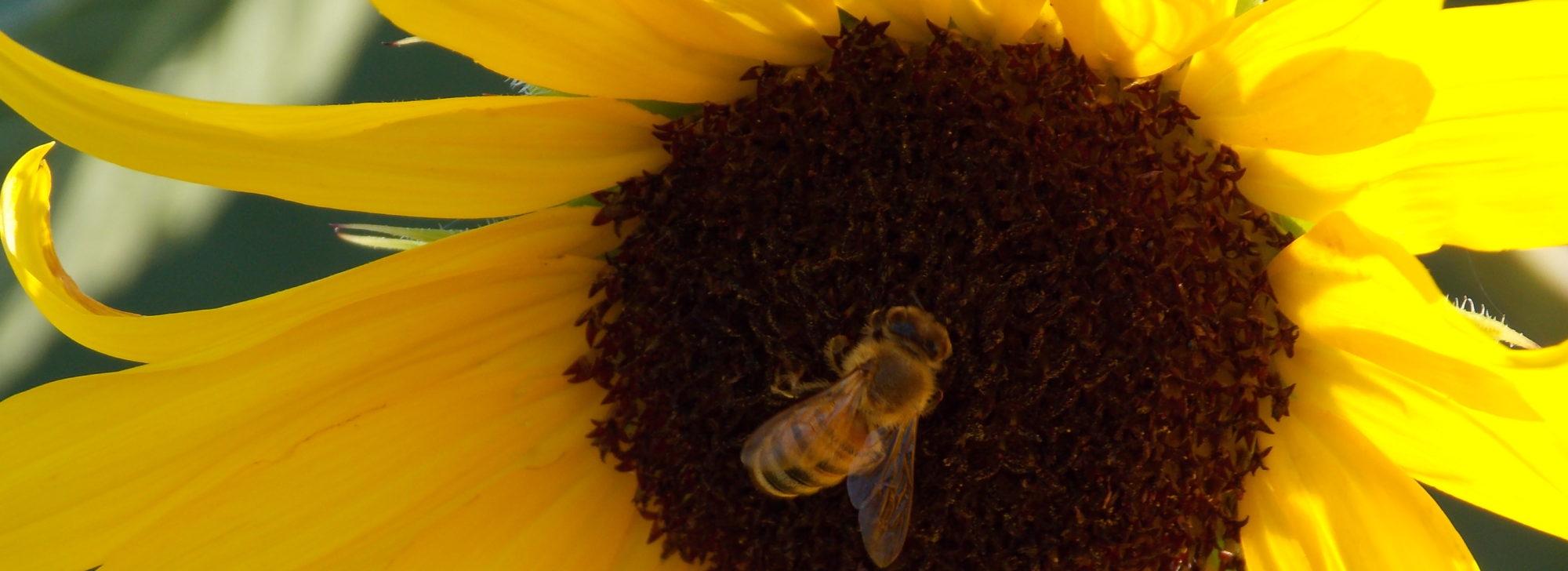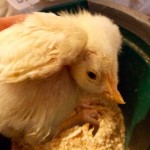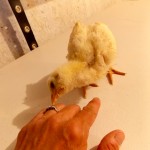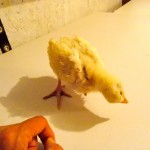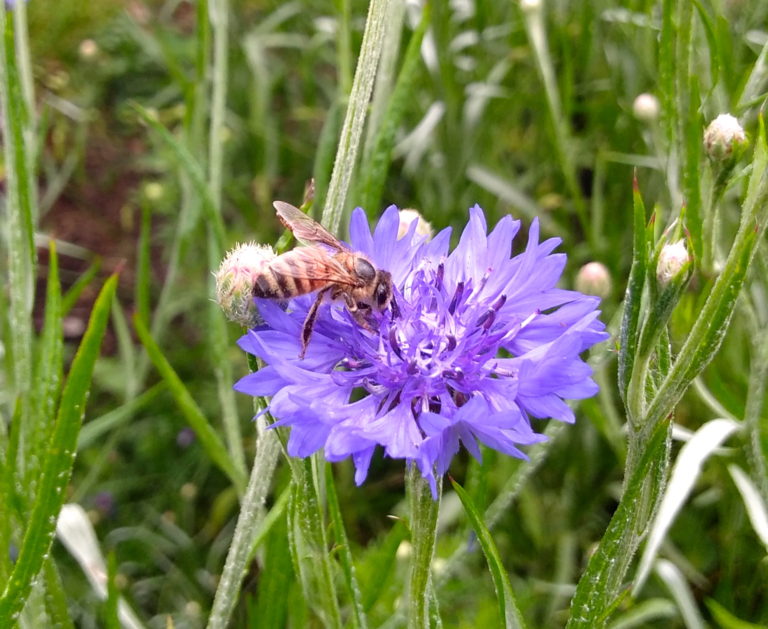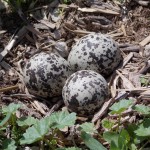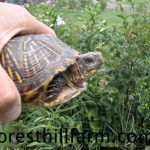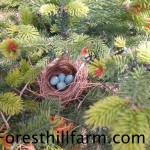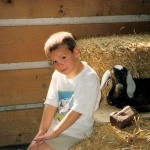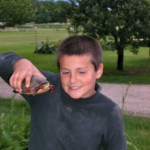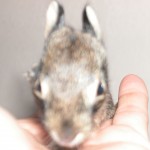Every now and again we have a chick or a full grown hen whose neck and head are crooked. This particular chick was in the brooder when I noticed that she wasn't moving to the freshly filled feeder with the rest of the flock. Typically, as soon as the feeders are re-filled, the chicks crowd around them. I noticed her head was tilted on a sharp angle - almost upside down. I gave her a quick exam; she hadn't been smothered, crushed, or stepped on. I placed her in a small bucket with shavings to cushion her and got out the bottle of B-12 vitamins.
If you ever find one of your poultry with this condition here are the steps to follow:
- Get B-12. Sublingual drops.
- Use an eye dropper to administer B-12 (Do not use the dropper that comes with the B-12, you don't want to contaminate the bottle with bacteria)
- poured some of the B-12 out on a dish, used an eye dropper or syringe (without the needle) to draw up the vitamins. A few drops are more than enough for a chick.
- Tilt back the chicks head, open up the beak and squeeze in the drops. Make sure the chick swallows them.
- Don't use more than a few drops, we're trying to heal, not drown, the chick.
- Keep her in a small box or container that's open on top and place it in a safe area where dogs, cats, or other chickens can't bother her.
- Repeat the drops three times a day for a couple days.
Every few hours you should see improvement. After one dose her head and neck should start to return to normal. Give the chick water in the same method as the B-12 a couple times a day and offer a small amount of feed free choice. If you don't have B-12 available try using raw liver. Chop the liver very fine or use a food processor to make a paste. Open the chicks beak and feed a small amount of liver. Massage the chicks throat to make sure she doesn't choke. Follow this with a few drops of water. Feeding liver will take longer to correct the crooked neck than the B-12 drops. You should see improvement within a couple of days.
